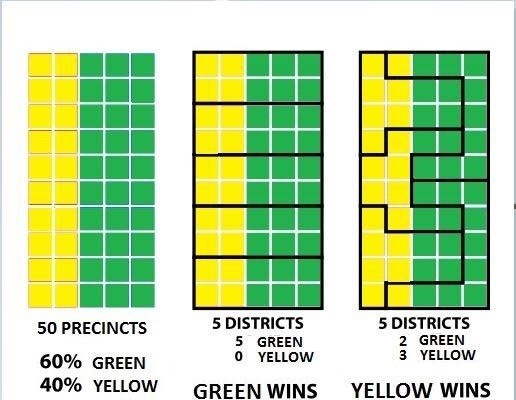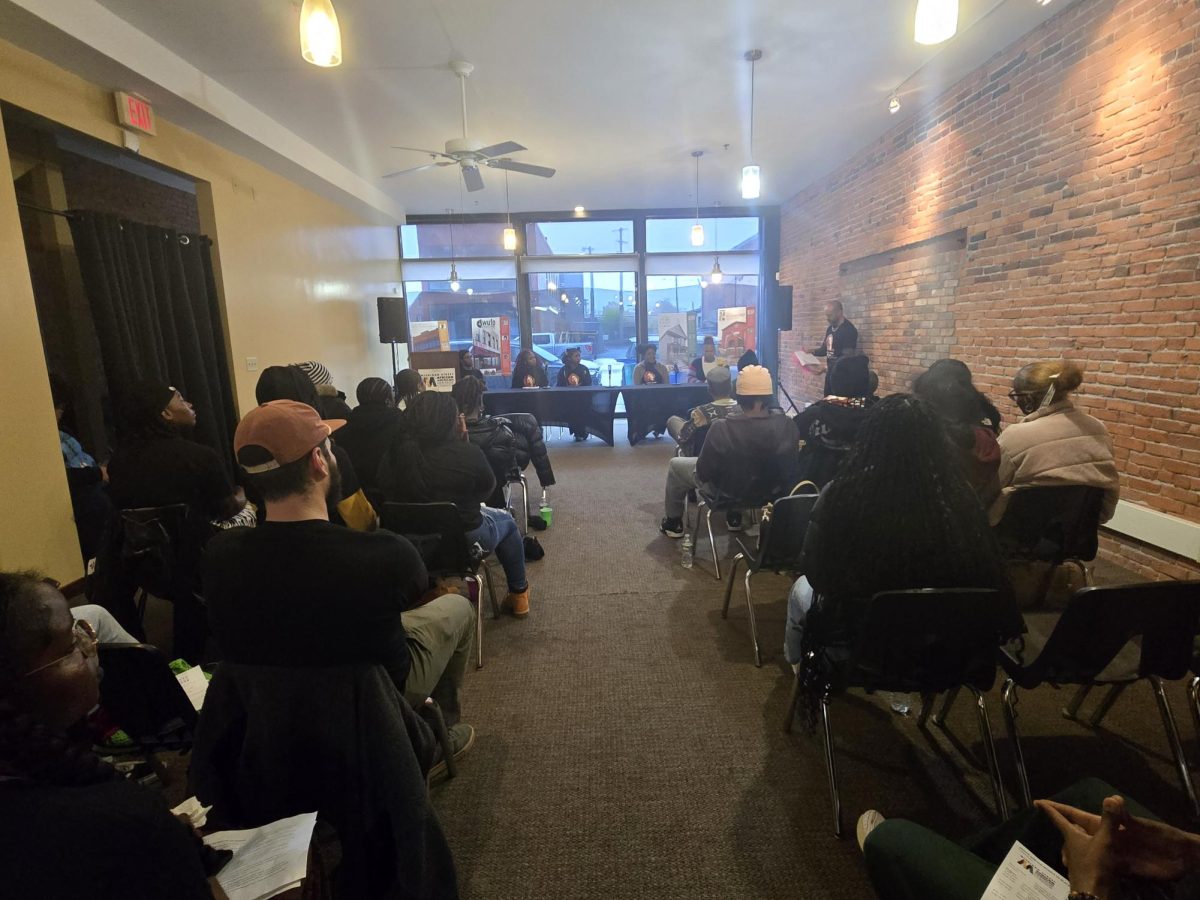What is Gerrymandering?
November 24, 2020
Gerrymandering is where districts are manipulated to favor one political party. This reduces the competition an incumbent politician has in a district or state. The borders for districts are re-drawn every ten years, coinciding with the Census.
Cracking & Packing:
There are two ways this works. One method is “packing”, where voters of a political party are grouped into one district, guaranteeing a majority vote for that district. The other method is “cracking”, where constituents are divided into separate districts, grouping them with voters of the opposition party.
Effects of Gerrymandering:
For this recent election, the effects of gerrymandering became obvious. The strong partisan slants are attributed to the redistricting of certain areas to offset the opposition’s strongholds.
For example: Chicago redistricting, heavily favors urban areas to wade off Republican suburban districts. In Wisconsin, as a result of redistricting by Republicans in 2011, Republicans won a supermajority in the state assembly. It was retained in 2018 despite Democrats winning statewide.
In 2010, Republicans flipped sixty seats in the House of Representatives and twenty state legislatures, giving the party the power to redistrict states unencumbered. Ten years later, much of the power has not shifted away from Republicans. They are able to gerrymander 40% of House seats, while Democrats only have 10-20%.
This leaves room for misrepresentation as the votes for each district are not equally accounted for. Democratic politicians have a disproportionate disadvantage in a rigged district with a Republican stronghold.



